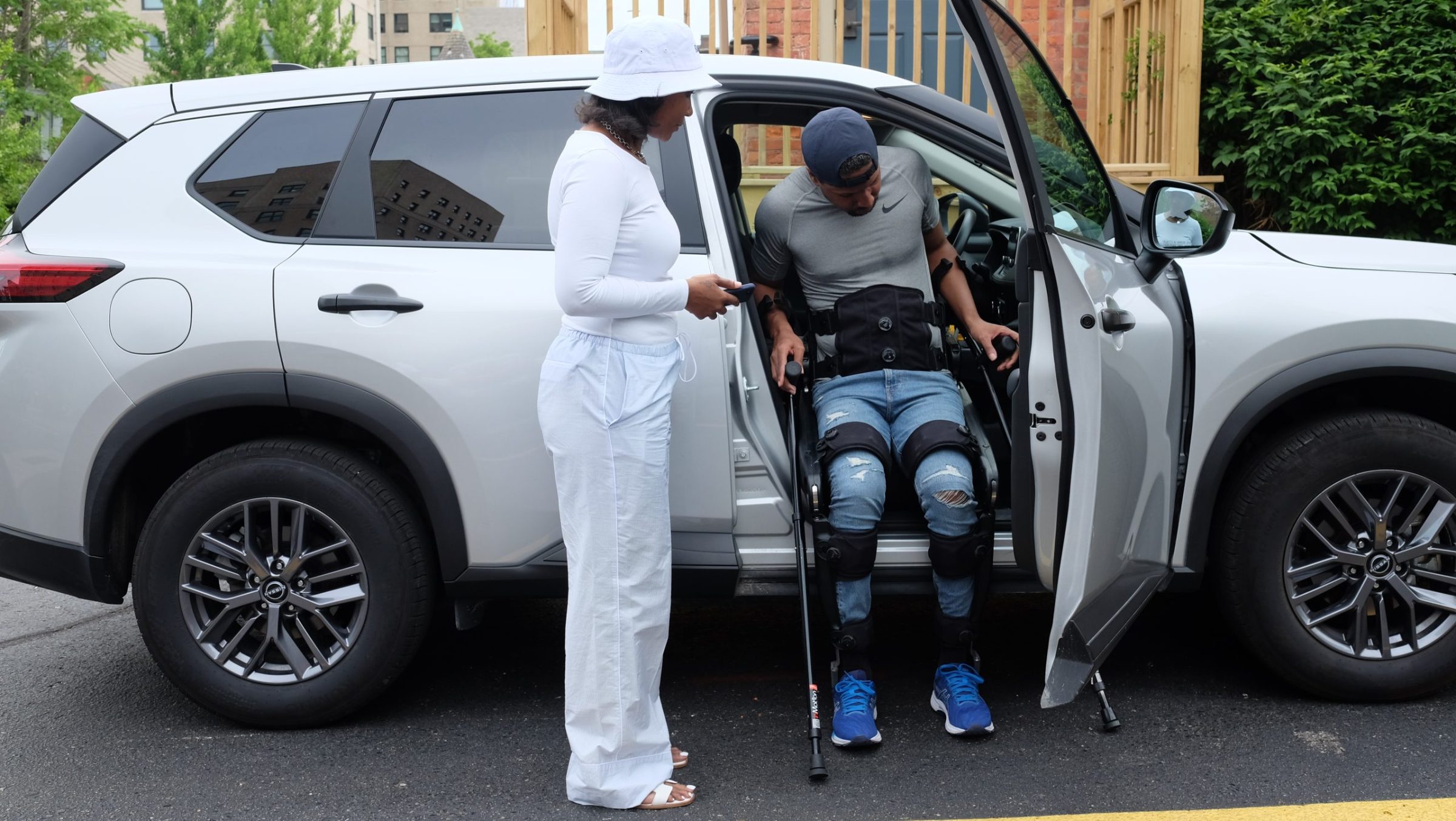Using a personal exoskeleton like Ekso Indego Personal can be a game-changer for individuals with spinal cord injury (SCI), offering enhanced independence and improved quality of life. However, maximizing the benefits of your exoskeleton requires commitment, practice, and a solid understanding of how it operates. This blog post will guide you through essential steps to ensure you are as successful as you can be with your personal exoskeleton.
The Importance of Using the Device Often
Consistency is Key:
Build Strength and Endurance:
Regular use of your exoskeleton helps build the necessary muscle strength and endurance required for optimal performance. Like any new skill, the more you practice, the more proficient you become.
Adaptation to the Device:
Your body needs time to adapt to the exoskeleton. Frequent use helps you become more comfortable and confident, reducing the learning curve and making the device feel like a natural extension of your body.
Maximize Therapeutic Benefits:
Consistent use may enhance the therapeutic benefits of the exoskeleton. Repetitive movements facilitated by the device can promote neural reorganization and muscle reconditioning, potentially leading to long-term improvements in mobility. Regular use could also result in improvements in bowel and bladder program, bone strength, cardiovascular health, and more.
Maintain Mobility:
Regular use of the exoskeleton helps maintain and even improve your current level of mobility. It prevents muscle atrophy and joint stiffness, which can occur if you remain sedentary.
Learning How to Balance
Balance is Fundamental:
Start with Supervised Training:
Begin your journey with your exoskeleton under the supervision of a certified Indego specialist. They will provide valuable education and guidance on how to maintain balance and ensure you are using the device correctly.
Practice Standing and Walking:
Spend time practicing standing still and walking in a controlled environment. Focus on distributing your weight evenly and maintaining a steady posture. Think about moving your torso just slightly over your stance leg to allow the other leg to step.
Engage Your Core:
Strengthening your core muscles is crucial for maintaining balance. Engage your core while using the exoskeleton to provide additional stability and support.
Learn to Sequence your Assistive Device:
Start slowly and focus on when and where you are moving your walker or crutches. These assistive devices are crucial to keeping your balance and your chest upright.
Make Sure you Understand your Settings
Understanding Your Device:
Read the Manual:
Thoroughly read the user manual provided with your exoskeleton. Familiarize yourself with the different settings, functions, and safety features of the device.
Attend Training Sessions:
Participate fully in training sessions. Ask questions and offer to return demonstrations of the skills your trainer is teaching. Take videos or pictures to help you remember.
Experiment with Settings:
Spend time learning what the different settings are and which ones are safe for you to adjust on your own. Learn how they affect your mobility.
Keep a Log:
Maintain a log of the settings you use and how they impact your walking experience. This can help you track what works best and make informed adjustments as needed.
Practice any skill under supervision:
Trial walking on different surfaces, standing in front of the sink to simulate brushing your teeth, and walking down ramps if you think these are activities you will do.
Is Ekso Indego Personal the right exoskeleton for you? Learn more here.
